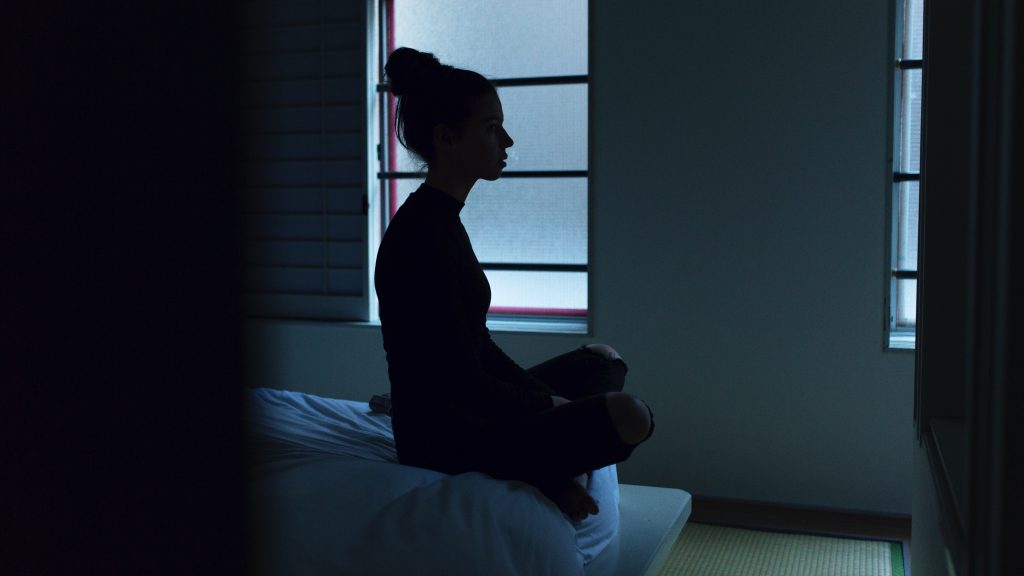Even as we come to the end of January, various health and wellbeing classes across the city are still enjoying a boost in numbers due to New Year resolutions. Veganuary has become a thing and maybe you are one of the thousands who pledged allegiance to dry January.
Me, I’ve never believed in New Year’s resolutions. Personally, I’ve always felt I would be setting myself up to fail. Whether publicly or privately, making a decision to deprive myself of something or plan to transform my way of living overnight, has always felt unrealistic.
In the yoga world, we talk a lot about intentions. As a teacher, I will have an intention for the class plan and my students. On a personal level an intention for my yoga practice. Or an intention to spend the month of January exploring a specific asana (yoga posture).
An intention is a plan, an aim, an objective, a goal. Something you hope to achieve or aim towards. An intention immediately gives you permission to vear off course and change direction. It gives you purpose with permission to recognise that the original aim may have been wrong for you or may need to be adapted due to a change you recognise or your circumstance. You can’t fail with an intention, it’s a more positive objective.

If you look back at the Latin root, intentus means to stretch out; intendere meaning to lean towards. I like to interpretate intention as striving or working towards an aim. You may not achieve it or end up anywhere near it, however by setting an intention you are giving yourself a path to follow and further investigate.
Within one of the ancient yoga texts, The Yoga Sutras, Patanjali describes the eight limbs of yoga. These include asana (yoga postures), pranayama (breathing) and dyhana (meditation) which are the three most recognizable aspects to a yoga practice for those who attend a yoga class. There are five others and are often only explored when you reach an intermediate level or go on to a foundation course or yoga workshop. The first two limbs are the Yamas (moral restraints) and Niyamas (inner attitudes). There are five of each and I have written about some of these in previous posts:
- Ahimsa treating yourself and all living things with compassion and kindness.
- Satya, honesty in all communication whether that’s speech, writing, gesture or action
- Svadhyaya which is self-study, looking inwards to better yourself.
- Aparigraha, non-grapsing whether it is material items or holding on to a former self. It’s about self-observation and being aware of when our ego is taking hold.
These four along with the six others described below are ways you can contemplate taking yogic intentions off the mat.
- Asteya can be described as not stealing, both in a literal manner but also not stealing someone else’s time or taking advantage of their generosity.
- I interpret Brahmacarya as the right use of energy. If you’re feeling tired saying no to a night out or rethinking your schedule if possible.
- Shauca literally translates as purity and this can also be applied to the heart. A cleanliness in mind, body, spirit and our surroundings to help us be clear of clutter.
- Samtosha is contentment, being satisfied with what you have.
- Tapas is self-discipline. Giving up anything that takes you away from your aim.
- Ishvara Pranidhaha is surrendering. Allowing things to just be and not expecting immediate answers. Remaining open to life’s challenges and relinquishing control.

Using the Yamas and Niyamas as guidelines, try making an intention for the week. Write it down on a piece of paper, a post-it note or in your diary. Somewhere you will see it regularly. Then plan to think about it each day for just a few minutes. Bringing your attention to your breath, and your mind to your intention, contemplate what your objective is. If you realise it’s not clear enough or you’ve set the wrong intention for yourself at that given time, then explore why and change it accordingly.
Yoga isn’t just a series of yoga postures in a class. Yoga is a way of living. It pervades us and opens the mind to the wider universe.


